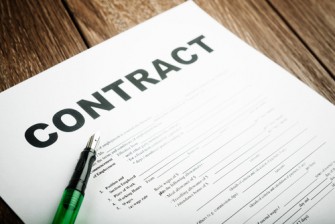Herring Decision Suggests Exclusionary Rule Could be at Risk
A U.S. Supreme Court decision earlier this month limiting the exclusionary rule could signal its eventual demise.
The decision in Herring v. United States allowed the admission of evidence that is obtained as a result of a negligent police error. The opinion was a significant step and “suggested that the exclusionary rule itself might be at risk,” according to the New York Times.
Indiana law professor Craig Bradley told the newspaper that Justice Samuel A. Alito Jr., who replaced Sandra Day O’Connor, provides a sure fourth vote to eliminate the exclusionary rule. The other sure votes are those of Chief Justice John G. Roberts Jr., who advocated eliminating the rule as a lawyer in the Reagan administration, and Justices Antonin Scalia and Clarence Thomas.
Bradley thinks there is a possible fifth vote—identified in the article as Justice Anthony M. Kennedy. But the justice has sent mixed signals on the issue, according to the Times. He wrote separately in a June decision to say that although he supported the majority’s decision to admit evidence obtained in violation of the knock-and-announce rule, the exclusionary rule “is not in doubt.”
Until the Supreme Court makes a definitive ruling, lower courts will have to sort out the meaning of Herring. A broad reading by those courts, Bradley told the Times, could mean “the death of the exclusionary rule as a practical matter.”
Additional coverage:
ABAJournal.com: “Police ‘Testilying’ Controversy Heats Up After Exclusionary Rule is Relaxed”



